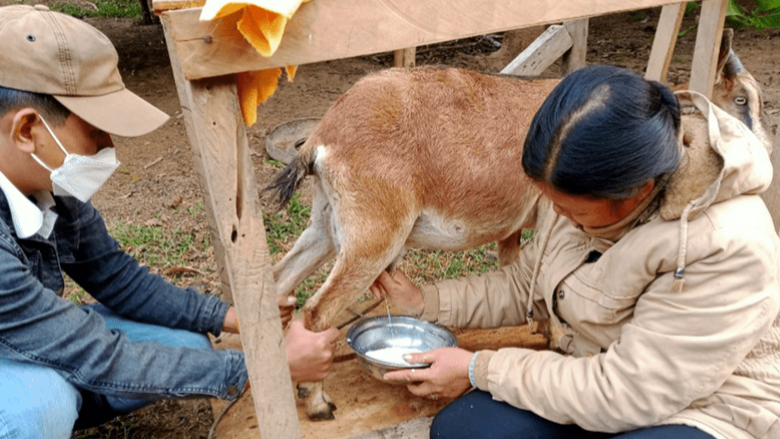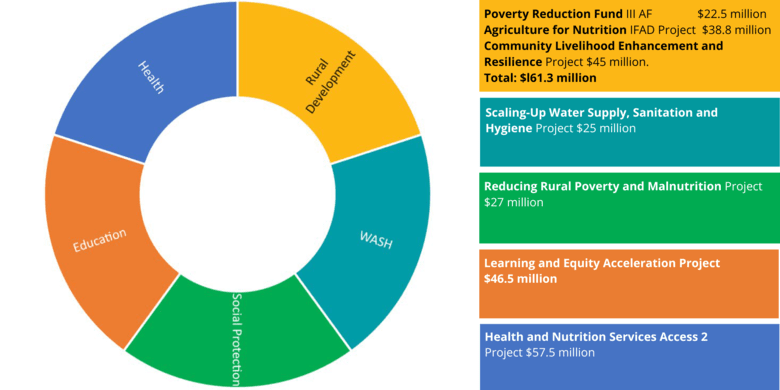Chronic undernutrition (stunting) levels remain high in the Lao PDR, with about 32.8% of children under five years stunted, 24.3% percent underweight, and 10.7% wasted. Undernutrition mostly affects the poor, ethnic minorities, and rural and upland areas.
Stunting can cause long-term damage that lasts far beyond childhood, including slower learning ability, poor academic performance, and lower productivity and wages in adulthood. Stunted children cannot develop to their full potential, and this has negative consequences for national labor market productivity and economic growth. In Laos, the persistence of high levels of childhood undernutrition presents a huge, yet avoidable, loss of human and economic potential.
Action is needed across various sectors to address chronic malnutrition. The World Bank is working with the Lao government and development partners to help ensure nutrition and food security through social assistance and livelihood options, improve childcare practices and access to health services, and to provide clean water, sanitation, and hygiene. This is known as the multisectoral convergence approach and has been shown to bring rapid improvements in child health and development in other countries.
The nutrition convergence approach targets 882 villages across 12 districts of the 4 northern provinces where stunting levels are highest: Xieng Khouang, Houaphan, Phongsaly, and Oudomxay. Activities are carried out under six main World Bank projects:

